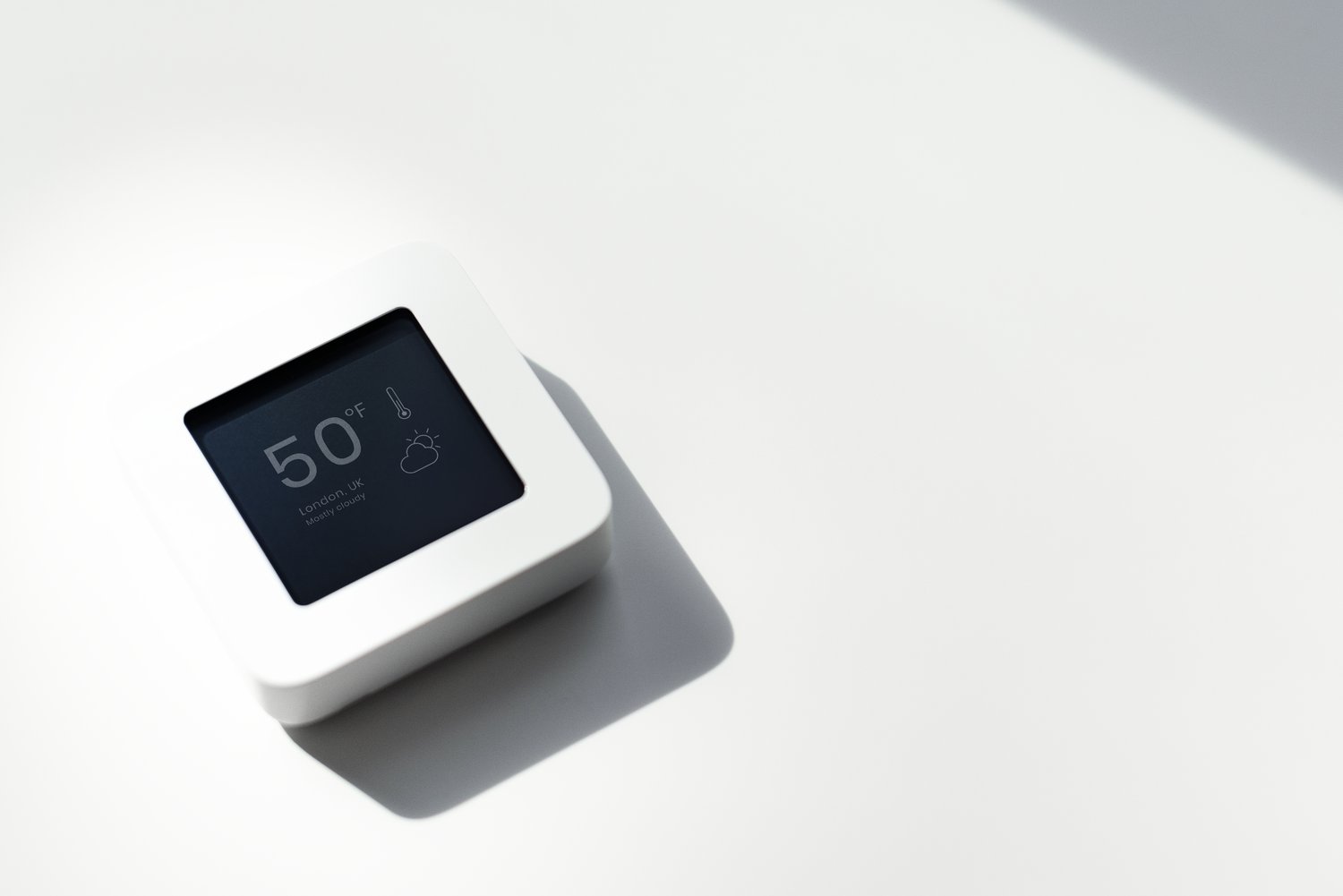Understanding floor heating systems
Floor heating systems offer a luxurious and efficient way to warm your home. These systems work by circulating heated water through pipes beneath your floor or by using electric heating elements. They provide even heat distribution, eliminating cold spots commonly found with traditional radiators. Floor heating can be installed under various flooring materials, including tile, hardwood, and carpet. This versatility makes it suitable for both new constructions and renovations.
One of the main advantages of floor heating is its energy efficiency. It operates at lower temperatures than conventional systems, potentially reducing energy consumption by up to 15%. Floor heating [PHRASE] https://onninen.pl/en/products/Heating-systems/Floor-heating also improves indoor air quality by reducing dust circulation. This system is particularly beneficial for allergy sufferers. Installation costs vary depending on the type and size of the system, ranging from $10 to $20 per square foot.
Maintenance requirements for floor heating systems are minimal. Regular checks of the control unit and occasional system flushing are typically sufficient. The lifespan of these systems can exceed 20 years with proper care. When considering floor heating, it’s essential to consult with a professional to determine the best option for your specific needs and budget.
Comparing different heating systems
Heating systems come in various types, each with its own advantages. Forced-air systems, which use furnaces to heat air and distribute it through ducts, are common in many homes. These systems heat spaces quickly but can create uneven temperatures. Boiler-based systems, on the other hand, use hot water or steam to heat radiators or baseboards. They provide consistent heat but may take longer to warm a space.
Heat pumps are gaining popularity due to their energy efficiency. They can both heat and cool a home by transferring heat from the outside air or ground. In moderate climates, heat pumps can reduce heating costs by up to 50% compared to electric furnaces. [PHRASE] https://onninen.pl/en/products/Heating-systems vary in their initial costs, operational expenses, and suitability for different climates.
Radiant heating systems, including floor heating, offer superior comfort and efficiency. They heat objects and people directly, rather than just the air, creating a more comfortable environment. While installation costs can be higher, radiant systems often result in lower long-term energy bills. When selecting a heating system, consider factors such as climate, home size, insulation, and personal preferences.
Energy-saving tips for heating your home
Proper insulation is crucial for maximizing heating efficiency. Adding insulation to your attic can reduce heating costs by up to 15%. Weatherstripping doors and windows can save an additional 10-15% on energy bills. These simple measures prevent heat loss and improve overall comfort.
Programmable thermostats offer significant energy savings. By automatically adjusting temperatures based on your schedule, they can reduce heating costs by up to 10%. Setting the thermostat to 68°F (20°C) during waking hours and lower when sleeping or away can lead to substantial savings. Each degree you lower your thermostat can save about 1% on your heating bill.
Regular maintenance of your heating system is essential for optimal performance. Annual professional inspections can improve efficiency by up to 5%. Changing or cleaning filters monthly during the heating season ensures proper airflow and reduces energy consumption. Consider upgrading to a high-efficiency heating system if your current one is more than 15 years old. Modern systems can be up to 30% more efficient than older models.
Choosing the right heating solution for your space
When selecting a heating system, consider the size and layout of your space. A professional heat load calculation is essential to determine the appropriate system capacity. This calculation takes into account factors such as room dimensions, insulation levels, and local climate. Oversized systems waste energy, while undersized ones struggle to maintain comfort.
The type of fuel available in your area is another crucial factor. Natural gas is often the most economical choice where available, with average annual heating costs around $600. Electric heating can be convenient but typically more expensive, with annual costs averaging $900. Propane and oil heating costs vary widely based on market prices.
Consider your long-term plans when choosing a heating system. If you plan to stay in your home for many years, investing in a high-efficiency system or renewable energy options like geothermal heating may be worthwhile. These systems have higher upfront costs but can lead to significant savings over time. For shorter-term needs, focus on improving your current system’s efficiency through maintenance and upgrades.





